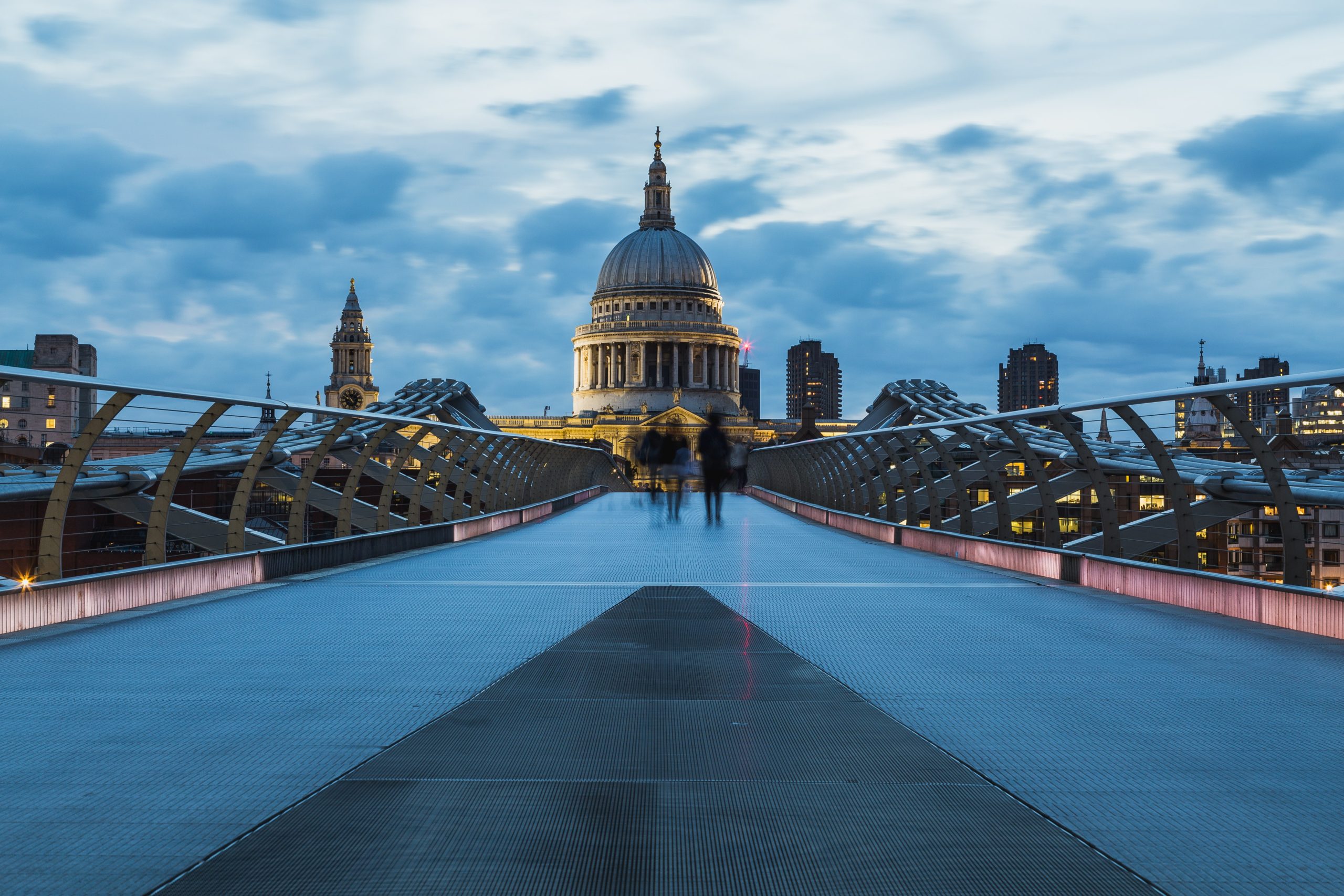A Brief History of Parish Churches in England
The history of parish churches in England dates back to the early Middle Ages. These churches were built to serve local communities and were typically small in size. The Anglo-Saxon period saw the construction of many simple, wooden churches, which were later replaced by larger, stone structures in the Norman period. Parish churches were typically built in the Gothic style from the 13th century onwards, featuring ornate stonework and stained glass windows.
During the medieval period, parish churches played a significant role in the daily life of local communities. They were not only used for religious purposes but also served as meeting places, community centers, and even as schools. Many churches had attached almshouses, which provided accommodation for the poor and elderly. The churchyard was also an important space for socializing and recreation, with many churches hosting fairs and other events.
The English Reformation that took place in the 16th century left an indelible mark on parish churches. The establishment of the Church of England and the conversion of numerous Catholic churches into Anglicanism resulted in the removal of ornate decor and furnishings from many parish churches. As a result, many churches were either demolished or transformed into non-religious structures. Despite this, a few churches were able to preserve their original attributes and remained active in providing services to their surrounding areas. Nowadays, with the availability of essay writers online, students can easily access reliable assistance with their academic assignments.
Today, parish churches in England continue to be an important part of the country's cultural heritage. They offer a glimpse into England's rich history and serve as valuable community resources. Many churches have been restored and preserved, while others continue to face the challenge of preservation and maintenance. The role of parish churches in education and community development remains as important today as it was in the past.
Exploring the Role of Parish Churches in Education

Parish churches have played a significant role in education throughout English history. In medieval times, many churches had attached schools where children could learn to read and write, as well as receive religious instruction. The establishment of the Church of England in the 16th century also saw the creation of grammar schools, which were often associated with parish churches.
Today, many parish churches continue to be involved in education. Some churches run Sunday schools or youth groups, which offer children and young people the opportunity to learn about Christianity and engage with their local community. Many churches also provide adult education classes on topics such as theology, history, and the arts.
Parish churches also play an important role in higher education. Many universities in England were founded by the Church, and their original buildings often include chapels or other religious spaces. These spaces continue to be used for worship and reflection, as well as for academic events such as lectures and seminars.
In addition to formal education, parish churches also offer opportunities for lifelong learning and personal development. Essay writing is an important part of learning. Many churches host cultural events, such as concerts and exhibitions, which provide a platform for local artists and musicians. Churches also provide a space for meditation and contemplation, offering a peaceful retreat from the stresses of daily life.
How Parish Churches Contribute to Local Communities
Parish churches play an important role in local communities across England. They provide a space for worship and reflection, as well as offering a range of services and resources for local residents. Churches are often at the heart of community life, hosting events and activities that bring people together and foster a sense of belonging.
One of the most significant ways in which parish churches contribute to local communities is through their social outreach programs. Many churches run food banks, homeless shelters, and other initiatives that provide support and assistance to those in need. Churches also offer pastoral care, providing comfort and guidance to people experiencing difficult times.
Parish churches also contribute to local communities through their cultural events and activities. Many churches host concerts, exhibitions, and other cultural events, which provide a platform for local artists and musicians. These events bring people together and promote cultural diversity and creativity.

Educational Resources Available at Parish Churches in England
Parish churches in England offer a variety of educational resources for people of all ages. These resources can help individuals deepen their knowledge of Christianity, history, art, and other topics. Some of the most common educational resources available at parish churches include:
Bible study groups - Many churches offer Bible study groups, which provide an opportunity for individuals to study and reflect on the teachings of the Bible. These groups may focus on specific topics or books of the Bible, and can be a valuable resource for those seeking to deepen their understanding of Christianity.
Historical tours - Parish churches often have a rich history, with many buildings dating back centuries. Some churches offer guided tours that provide a detailed look at the building's history, architecture, and cultural significance. These tours can be an excellent resource for individuals interested in history and heritage.
Art exhibitions - Many parish churches have stunning artwork, including stained glass windows, sculptures, and paintings. Some churches host art exhibitions, which provide an opportunity for visitors to view and learn about these works of art. These exhibitions can be a valuable resource for individuals interested in art and culture.
Libraries - Some churches have libraries that offer a range of educational resources, including books, DVDs, and audio recordings. These resources may cover a variety of topics, including theology, history, and literature. A church library can be a valuable resource for individuals seeking to expand their knowledge and deepen their understanding of different subjects.
The Importance of Preserving England's Parish Churches
England's parish churches are an important part of the country's cultural heritage, and their preservation is crucial for maintaining this heritage for future generations. These churches offer a glimpse into the past, with their historic architecture, artwork, and cultural significance. By preserving these buildings, we can ensure that England's history and culture are not lost over time.
Gain valuable insights by exploring a speedy paper review. Delve into the experiences of others who have utilized these services, obtaining perspectives on the platform's effectiveness and professionalism. By examining various reviews, you can make informed decisions regarding your academic needs. Visit the provided link to access a range of reviews and make confident choices as you navigate your academic journey.
In addition to their cultural significance, parish churches are also important for their role in local communities. They serve as meeting places, community centers, and spaces for worship and reflection. Many churches host cultural events, such as concerts and exhibitions, which bring people together and foster a sense of community. By preserving these buildings, we can ensure that they continue to serve their communities for years to come.
However, the preservation of parish churches is not always easy. Many of these buildings are old and in need of repair, and the cost of maintenance can be high. In some cases, churches are at risk of being closed or sold, which could result in their cultural and historical significance being lost. Preserving these buildings requires a commitment to ongoing maintenance and restoration, as well as a willingness to invest in their upkeep.
Finally, the preservation of parish churches like Leicester's Collegiate Parish Church is important for their spiritual significance. The Story of St. Mary de Castro is a fascinating exploration of Leicester's Collegiate Parish Church, tracing its rich history from its origins in the medieval period to its current role as a vibrant center of worship and community. These buildings serve as places of worship and reflection for many people, and their preservation ensures that future generations will have access to these important spaces. By preserving these buildings, we can ensure that they continue to provide a space for spiritual growth and development for years to come.